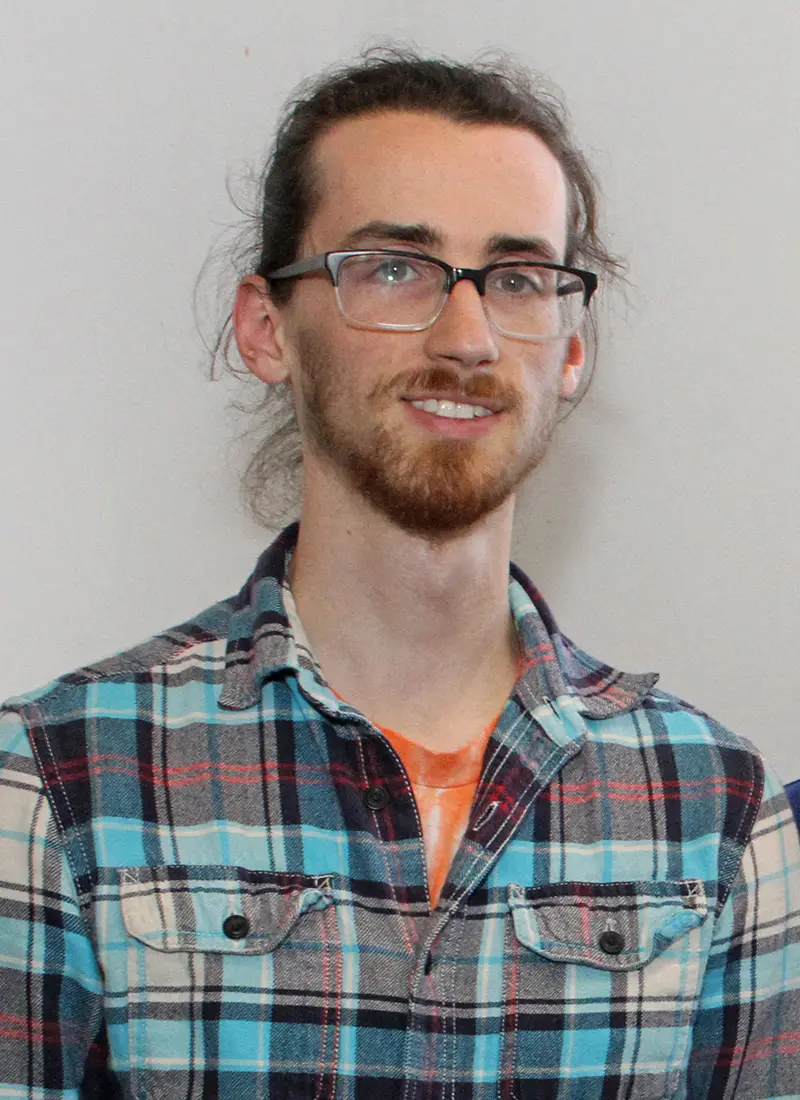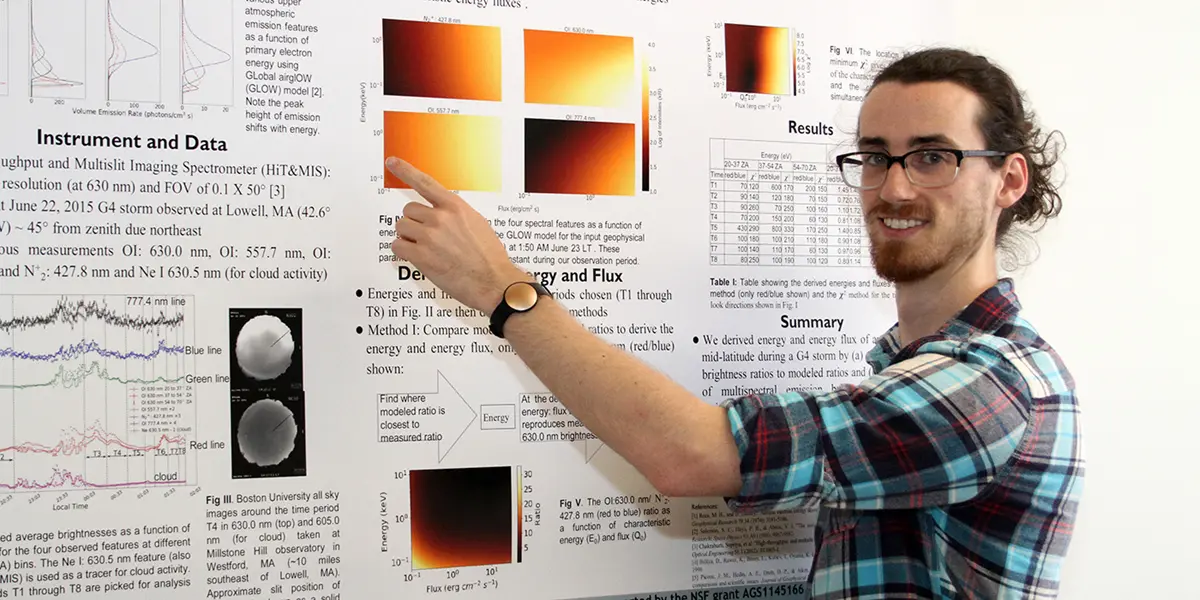George Geddes can’t help but feel a little starstruck – by the sun and moon.
Geddes, a Ph.D. student and research assistant at the Lowell Center for Space Science and Technology, will be traveling to Carbondale, Ill., for the August 2017 solar eclipse. Carbondale happens to be the sweet spot for eclipse viewing: It’s the closest city to where the total eclipse will last the longest – just over 2 minutes, 40 seconds.
“It’s a pretty big deal to get to participate in something on this scale,” says Geddes, who has never seen a total solar eclipse. “Carbondale is the place to go for eclipse viewing. “
Geddes and fellow researcher and graduate student Saurav Aryal will be among the hundreds of scientists in Carbondale to view and conduct experiments during the eclipse. They will be using a custom-made instrument called the High Throughput and Multi-slit Imaging Spectrograph (HiT&MIS) to study the effects of disturbances on the Earth’s upper atmosphere. The researchers will program the spectrograph to capture images before, during and after the eclipse. The data that’s collected will be examined to see if sudden changes in the upper atmosphere affect things like satellite or GPS systems.
“In atmospheric science, there are so many variables. During the eclipse, we can isolate the variables,” Geddes says.
Geddes and Aryal will also be participating in the Crossroads Eclipse 2017 Research Workshop at Southern Illinois University Carbondale.
Looking ahead, Geddes, who earned a bachelor’s degree in physics at Worcester Polytechnic Institute, is open to a career in research or teaching.
“We’ll see where the opportunities are,” he says.


